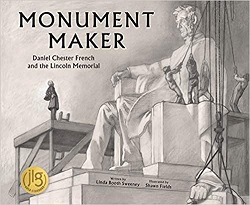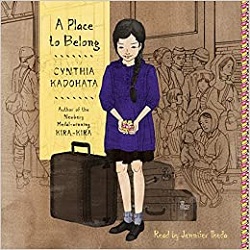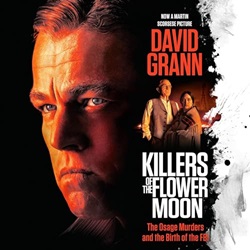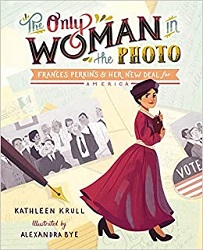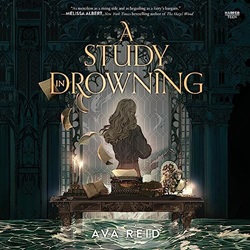Review of Nigeria Jones, by Ibi Zoboi
by Ibi Zoboi
read by Marcella Cox
Balzer + Bray, 2023. 9 hours, 50 minutes.
Review written March 22, 2024, from a library eaudiobook.
2024 Coretta Scott King Author Award Winner
Starred Review
I wanted to read this book from the minute the publisher sent me an advance reader copy last year. But I was on the Morris Award Committee, so I wasn’t able to fit in very many books that weren’t debut books. When it won the Coretta Scott King Author Award, I was reminded I’d been meaning to read it and got it in my eaudiobooks queue.
Nigeria Jones is a 16-year-old girl who’s been brought up in her father’s Black Liberation Movement. The book opens on July 4th, her baby brother Freedom’s first birthday, and the movement is having a gratitude celebration marking the one-year anniversary that Freedom Sankofa Jones chose them as his family.
Nigeria loves her baby brother, but she wonders if Mama will come to Freedom’s celebration. She left them a year ago, but Nigeria keeps getting glimpses of her. And the movement and life in the Village House has not been the same since Mama left.
When Nigeria learns that her Mama had made plans and filled out an application for Nigeria to attend a private school, Philadelphia Friends School, she knows her father won’t like it. Her father essentially cut off his own sister when she sent her son Kamal to that school. Her father says that schools and hospitals are all run by white supremacists, and they should have nothing to do with them. Nigeria has been home schooled all her life and has rarely been around white people at all. She knows her people’s history, and she knows about oppression, so why is she so fascinated by the thought of going to this school? But if Mama wanted her to go there….
This book is a fascinating and nuanced look at a girl reclaiming her freedom and exploring what freedom even means. She doesn’t condemn her father or even disagree with everything he says. But what does freedom and revolution mean for her as her own person?
This book surprised me at every turn. No stereotypes here, and plenty of hard truths, but along with Nigeria, the reader gets a chance to look beneath the surface. A powerful story.
Find this review on Sonderbooks at: www.sonderbooks.com/Teens/nigeria_jones.html
Disclosure: I am an Amazon Affiliate, and will earn a small percentage if you order a book on Amazon after clicking through from my site.
Disclaimer: I am a professional librarian, but I maintain my website and blogs on my own time. The views expressed are solely my own, and in no way represent the official views of my employer or of any committee or group of which I am part.
What did you think of this book?

